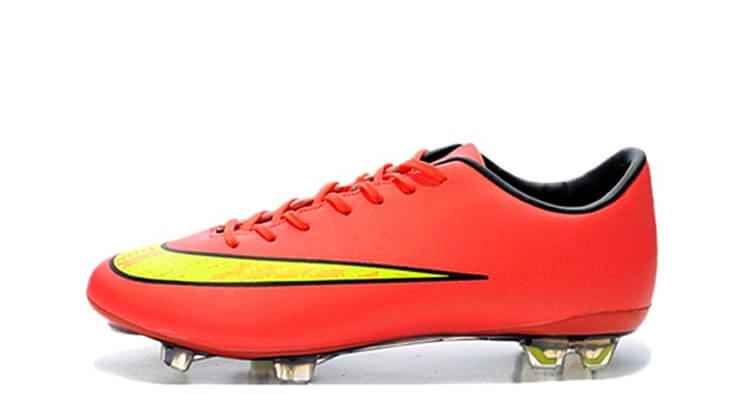Sports Injuries and Management
Turf Toe Injury Basic Information
Turf Toe Is Not An Injury Exclusively Associated With American Football
As mentioned in our previous turf toe blog, a turf toe injury happens when the toe is forcibly bent upwards under load (into what is referred to as hyperextension). Hyper-extension of the big toe is a movement that can occur when pushing off into a sprint and having the toe get stuck flat on the ground. Hence it can occur in sports or activities where the forefoot is fixed on the ground and the heel is raised off the ground with a force pushing the big toe into hyperextension not just American football but is common in sports including soccer, basketball, wrestling, gymnastics… Ballet is another common sporting activity known for causing turf toe injuries. Standing “on pointe” is potentially a high risk activity, when looking at what you are asking your body to do when standing on pointe, you could easily imagine it to be a ballet position invented by podiatrists and foot surgeons to keep them in business. So much so, I would suggest that it is probably advisable to avoid the posture of standing on pointe when skeletally immature and till the individual is demonstrating appropriate foot strength and postural control.
What Are The Signs Of Turf Toe Injury?
Typically with turf toe, the injury itself is sudden and more commonly reported to occur in athletes playing sports on artificial surfaces. Artificial surfaces are harder than grass surfaces and the athletes studs or cleats are more likely to “stick” during play. Turf toe can also happen when playing on grass, especially if footwear worn does not provide adequate support for the foot.
The most common symptoms include:
- Pain
- and swelling both of which are relatively isolated to the area of injury at the big toe.
- associated with limited joint movement at the base of the big toe.
These symptoms may come on slowly gradually worsening over time if caused by repetitive injury, or if caused a sudden forceful motion, the injury can be painful immediately. In this situation usually the entire joint is involved, with pain, swelling and restricted toe movement often worsening over the first 24 hrs immediately following injury.
What Are The Investigations Used If I Suspect Injury?
Plain X-rays and an MRI of the big toe will generally give the best information for investigating a suspected turf toe injury, and this is the case be it an acute traumatic injury, or potential chronic overuse type injury.
How Long Does A Turf Toe Injury Typically Take To Recover?
- A grade 1 injury (which is known as the lowest grade injury when referring to sprains) the athlete can frequently continue playing with a few modifications like taping of the toe, wearing a stiffened insole to reduce hyperextension at the toe helping to prevent further injury, or moving to a more “rocker-sole” type shoe that reduced the required movement at the big to around push off.
- A grade 2 injury will typically result in at least around a couple of weeks lost playing / training time as time is required to allow tissues to heal, settle and often a return to play is also accompanied with appropriate modifications mentioned above to support the injury.
- A grade 3 injury being the most significant injury grade with regard to the classic sprain grading system, will often require crutches and “boot” for several weeks and can take around 3-4 months to return to play.
The risk of returning to play too early is that almost always this will end up extending the period of time out, prolonging the disability associated with turf toe.
Preventing Injury With Footwear Changes
Wearing stiffer shoes can aid in the prevention of turf toe. Often the injury occurs in athletes wearing ultralight and flexible soccer boots that allow the foot bend “too far”. Wearing shoes with better support and shoes stiffer in the forefoot area helps support the big toe joint somewhat protecting it from suffering excessive forces and bending too far with pushing off activities when running or jumping.
Disclaimer: Sydney Physio Clinic does not endorse any treatments, procedures, products mentioned. This information is provided as an educational service and is not intended to serve as medical advice. Anyone seeking specific orthopaedic advice or assistance on Turf Toe Injury Q & A should consult his or her general practitioner or physiotherapist or otherwise appropriately skilled practitioner.


